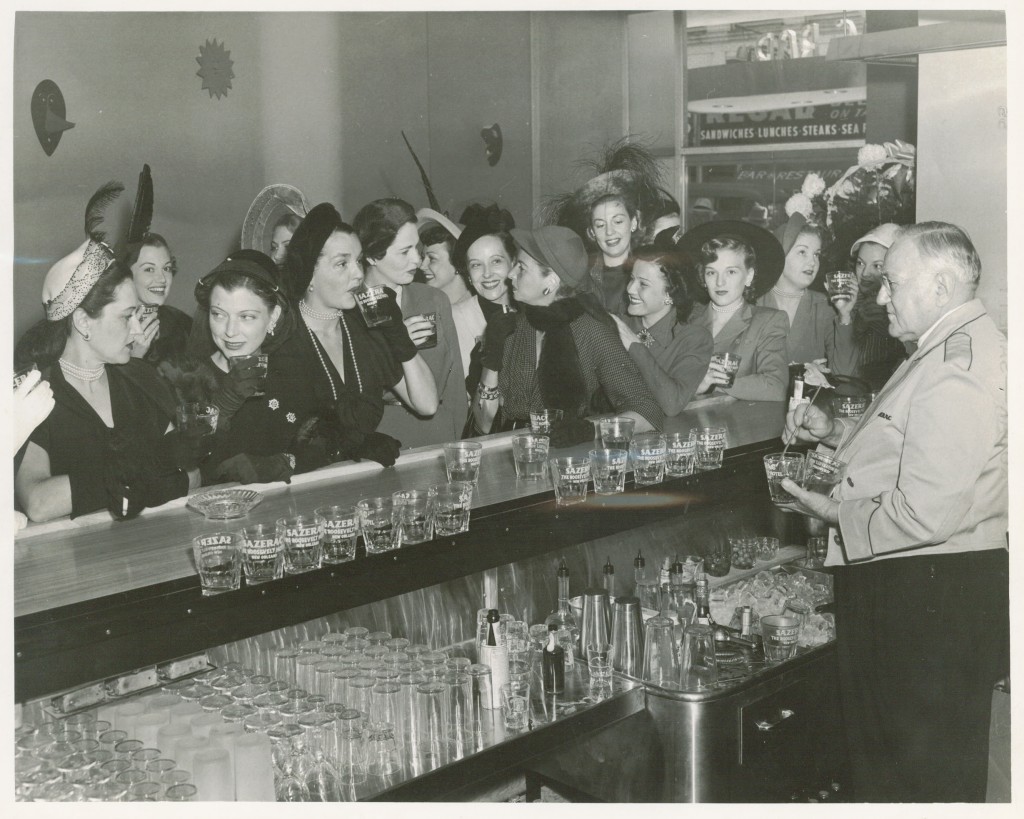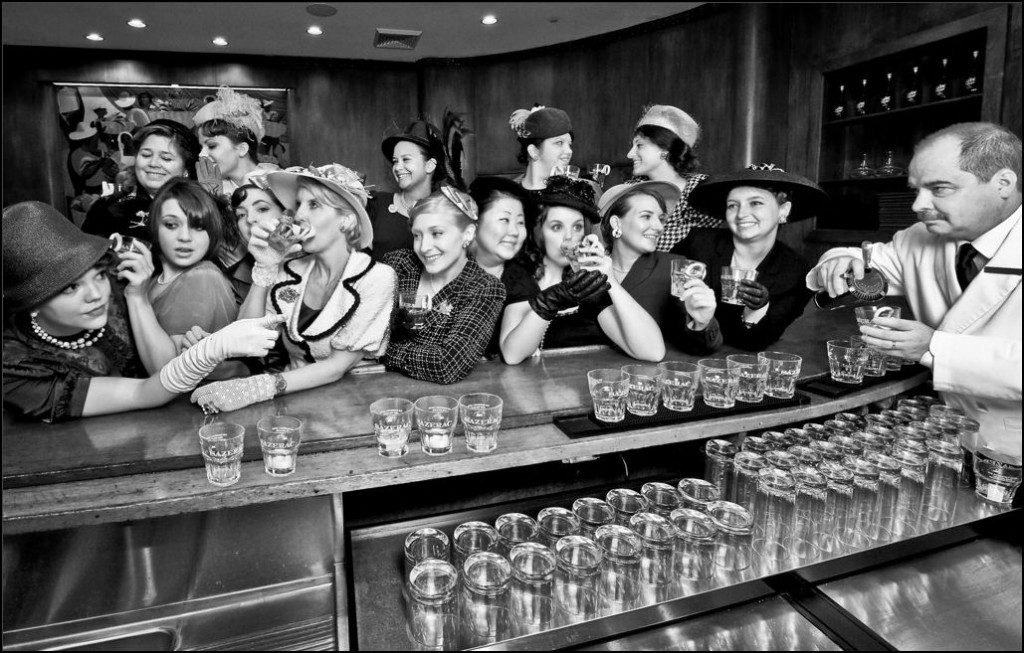Anjan G. sent in an interesting pair of ads that ran as part of a Molson beer campaign in 2002/2003. One appeared in Cosmo; it involves a man in a sweater cuddling with puppies and drinking a Molson. It’s an example of an ad that glamorizes a soft and sensitive masculinity:
The other appeared in men’s magazines, including Playboy and FHM. It tells readers, explicitly, that the first ad is designed to manipulate women into being sexually attracted to men who drink Molson:
The text is worth reading:
HUNDREDS OF THOUSANDS OF WOMEN.
PRE-PROGRAMMED FOR YOUR CONVENIENCE.As you read this, women across America are reading something very different: an advertisement (fig. 1) scientifically formulated to enhance their perception of men who drink Molson. The ad shown below, currently running in Cosmopolitan magazine, is a perfectly tuned combination of words and images designed by trained professionals. Women who are exposed to it experience a very positive feeling. A feeling which they will later project directly onto you. Triggering the process is as simple as ordering a Molson Canadian (fig. 2).
…
Extravagent dinners. Subtitled movies. Floral arrangements tied together with little pieces of hay. It gets old. And it gets expensive, depleting funds that could go to a new set of of 20-inch rims. But thanks to the miracle of Twin Advertising Technology, you can achieve success without putting in any time or effort. So drop the bouquet and pick up a Molson Canadian…
The second ad, then, portrays men as lazy, shallow jerks who are just trying to get laid (not soft and sensitive at all). And it portrays women as stupid and manipulable.
The two ads are a nice reminder that marketers count on their audiences being separate. They can send each audience contradictory messages, confident that most women will never pick up Playboy and most men will never pick up Cosmo. This is an assumption that marketers have long counted on. Miller Beer, for example, includes pro-gay advertising in magazines aimed at gay men, counting on the idea that heterosexual men, many of whom are homophobic, will never see that Miller markets itself as a gay beer.
So Molson was counting on women never seeing their ads in men’s magazines. Alternatively, they were perfectly happy to alienate female customers. Or maybe both.
Lisa Wade, PhD is an Associate Professor at Tulane University. She is the author of American Hookup, a book about college sexual culture; a textbook about gender; and a forthcoming introductory text: Terrible Magnificent Sociology. You can follow her on Twitter and Instagram.



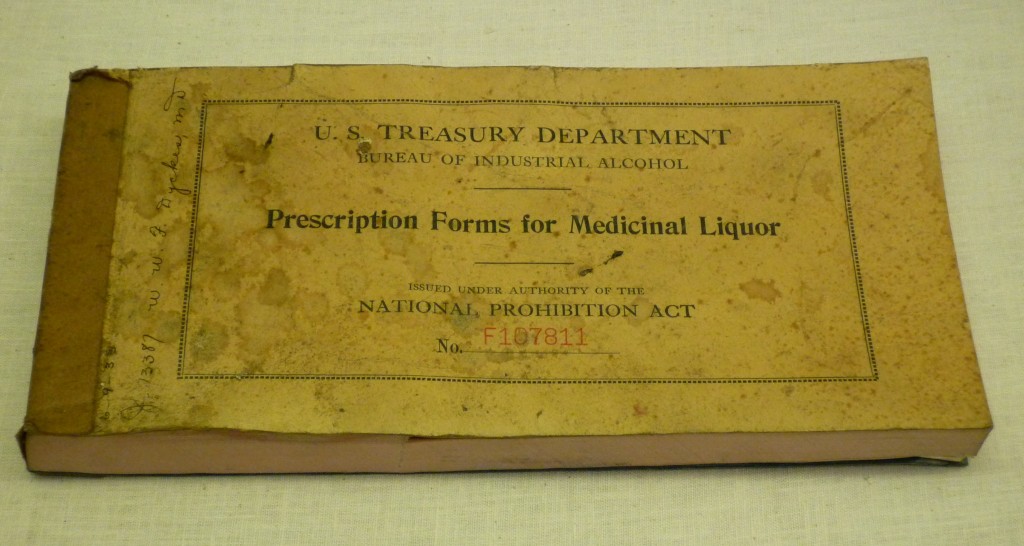
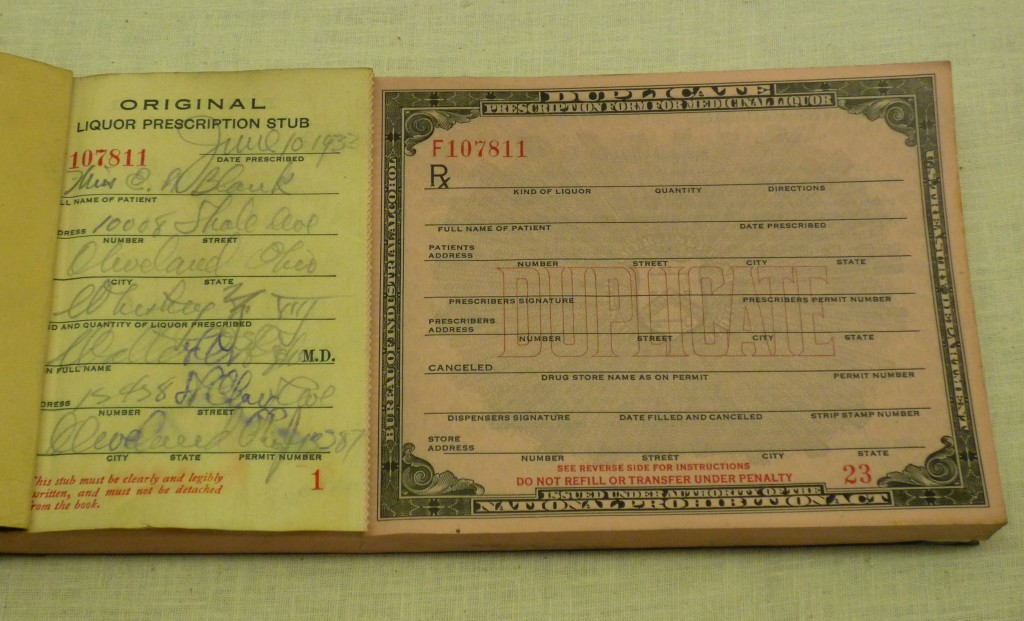
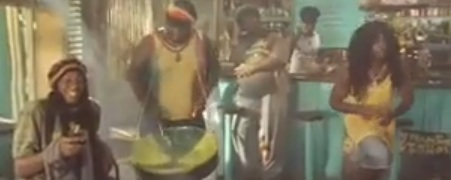

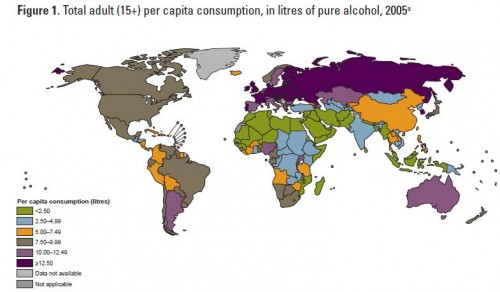

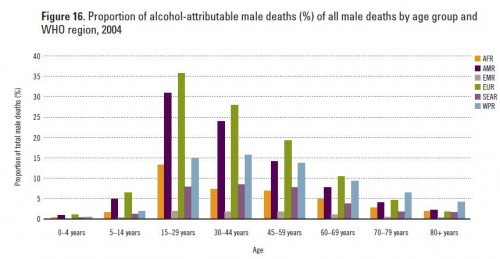
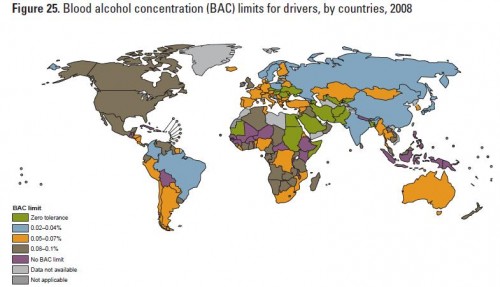
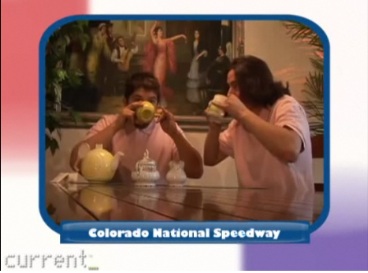
 (
( (
(